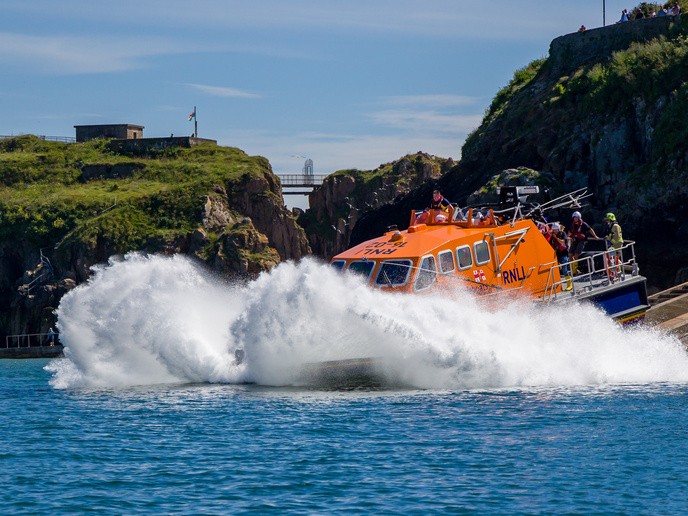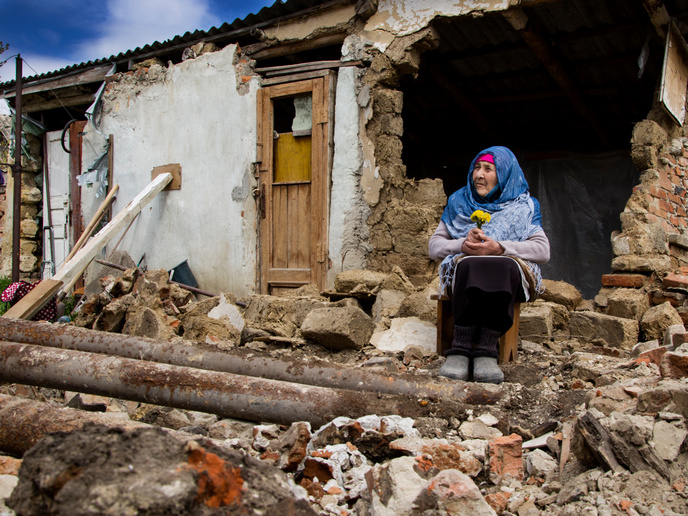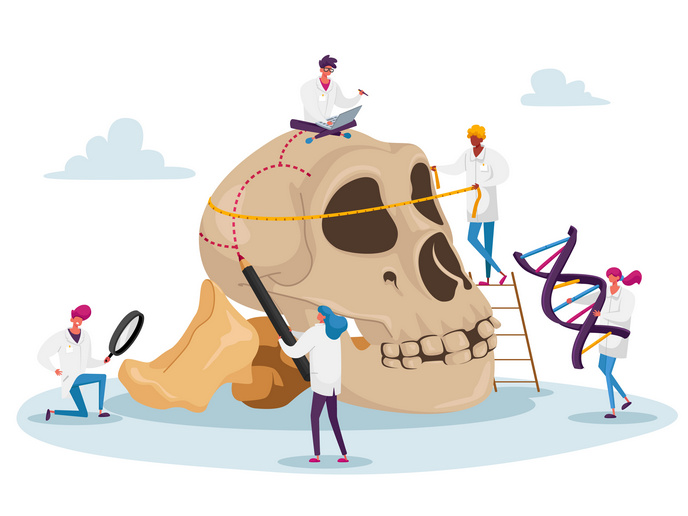How a changing moral culture launched the lifeboat movement
Prior to the launch of the volunteer lifeboat movements in the 1820s, responsibilities towards those in peril at sea were inconsistent and ad hoc. According to Henning Trüper from the Leibniz Center for Literary and Cultural Research(opens in new window), historical accounts suggest that there wasn’t a strong moral obligation to risk life to rescue those imperilled. Indeed, coastal populations were commonly averse to life-saving, partly due to an economic interest in salvaging wrecked vessels. “Rescues tended to be opportunist – lifesaving occurred if relatively risk-free or resulting from spontaneous decisions,” says Trüper, coordinator of the AISLES project, which was established to understand how notions of morality, in terms of values and norms, changed over time. AISLES was funded by the European Research Council(opens in new window). A key interest was how life-saving at sea was influenced by, and influenced, the wider notion of humanitarianism.
Navigating the moral pathways to the lifeboat movement
The European volunteer lifeboat movement was borne in both the Netherlands and the United Kingdom. Until 1824, volunteer lifeboat movements in both countries had existed locally, often unsustainably, for around 50 years before being nationalised. According to Trüper, both countries likely created their models independently – contrary to the prevailing view that the Dutch followed the British model. The project’s researchers relied on archival research materials to interpret texts (e.g. rescue reports), artefacts (e.g. medals) and especially images, (e.g. photographs) through the lenses of history, literary studies, history of art, social sciences and cultural anthropology. The team found that early on, for fundraising, the lifeboat movements created a narrative about their own history, where regular philanthropic volunteerism was presented as a fairly sudden occurrence. As Trüper puts it: “The plot was that innovations like mortars, alongside noteworthy disasters, made life-saving a moral obligation, inspiring the founding of volunteer lifeboat movements. Actually, the change was gradual.” AISLES finds the key shift to have been guided by the wider ‘moral culture’, bound up with the rise of humanitarianism as a collection of social movements – albeit with different standards for different ‘issues’. “The lifeboat movement’s moral imperative wasn’t as prevalent in other emergency situations. In firefighting, for instance, risking life was considered to be sometimes unavoidable for the good of the community as opposed to complete strangers,” explains Trüper. “So we see a kind of selective morality in the growing culture of humanitarianism.” While the project’s focus was on northern and western Europe, another instructive finding was the way the availability, or lack, of lifeboat institutions was deployed as an imperialist tool to evidence European superiority. For example when a Bosporus lifeboat service was forced on the Ottoman Empire in the 1870s, “as a sort of door-opener for foreign interference, including serving the shipping interests of European powers,” adds Trüper.
Implications and insights relevant for humanitarianism today
Trüper argues that the fact that disparate humanitarian issues were never historically united by a single notion of the morality of aid, with all perilous situations treated similarly, has contemporary implications. “We can trace the limitations of humanitarianism today back to the checkered, inconsistent moral culture of the past. For example, there are morally and legally driven interventions to rescue those at risk from migrant crossings in the Mediterranean, but none for those crossing the Sahara for similar reasons and experiencing similar dangers,” says Trüper. AISLES has so far generated various publications including ‘Moral Seascapes: On the Ethics and Aesthetics of Maritime Emergency’(opens in new window) and a forthcoming special issue on ‘Social Imaginaries of Maritime Emergency’. A German-language monograph(opens in new window) discussing the theoretical underpinnings of the project in terms of norms, values and the concept of history is also available, with another on the history of saving lives from shipwrecks to appear next year.







